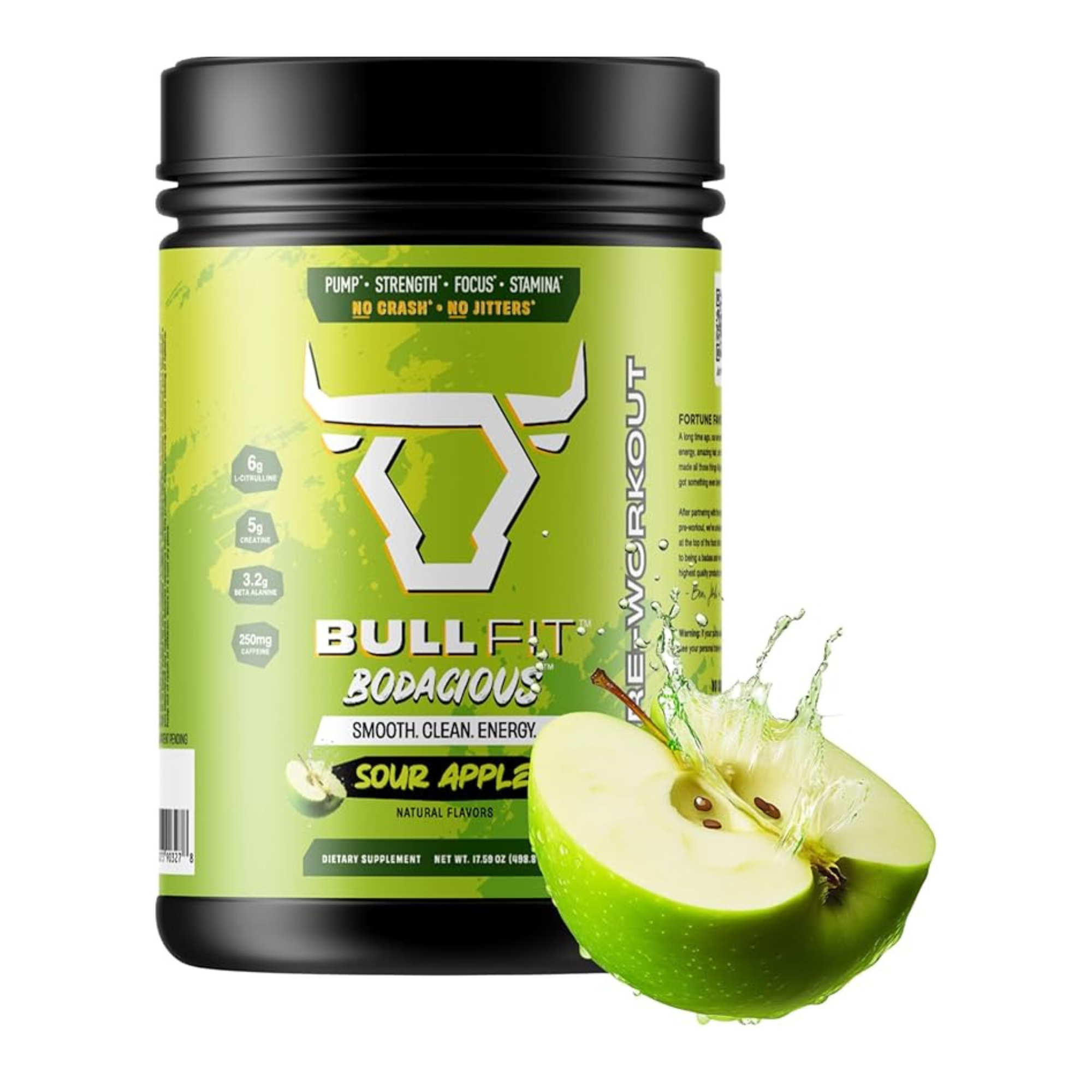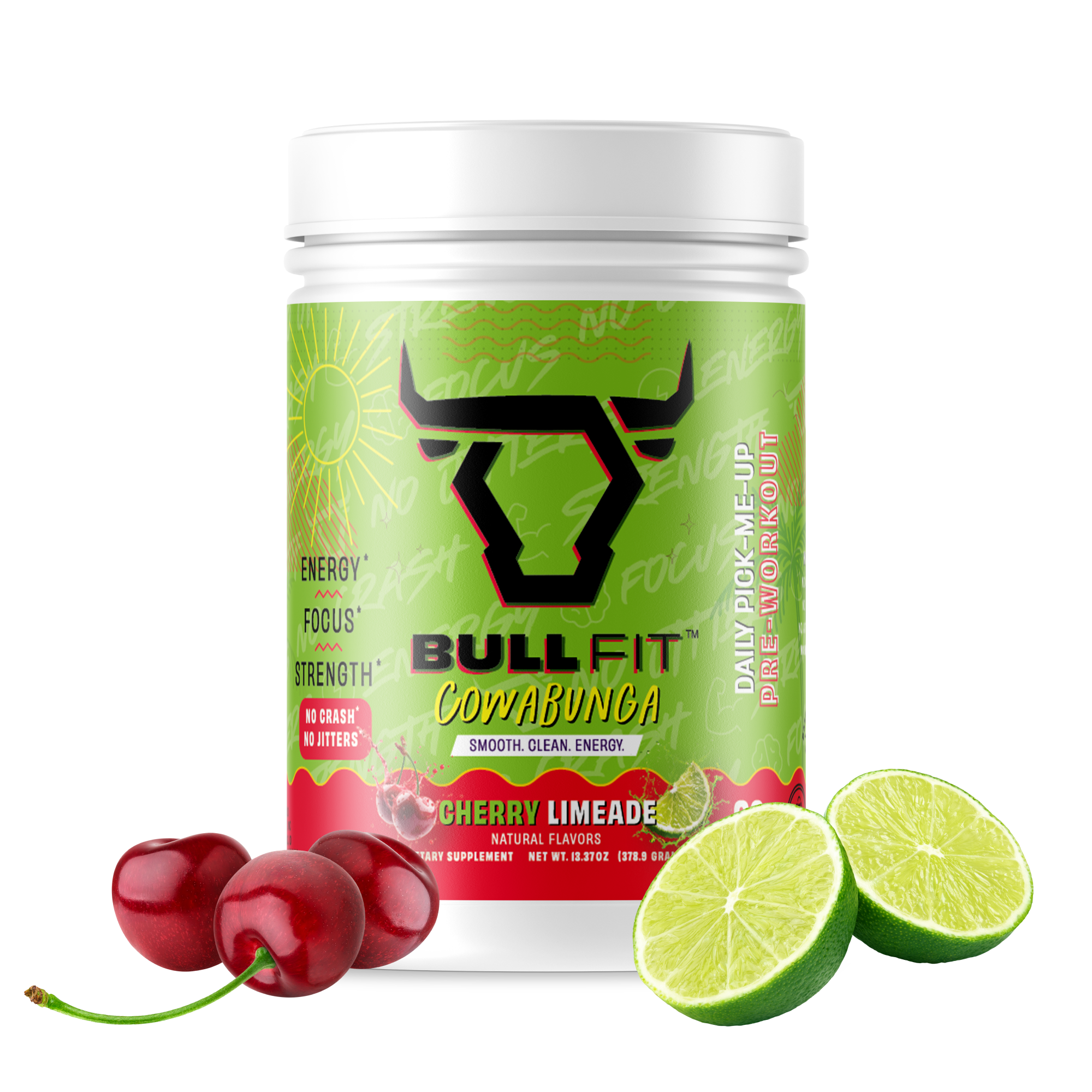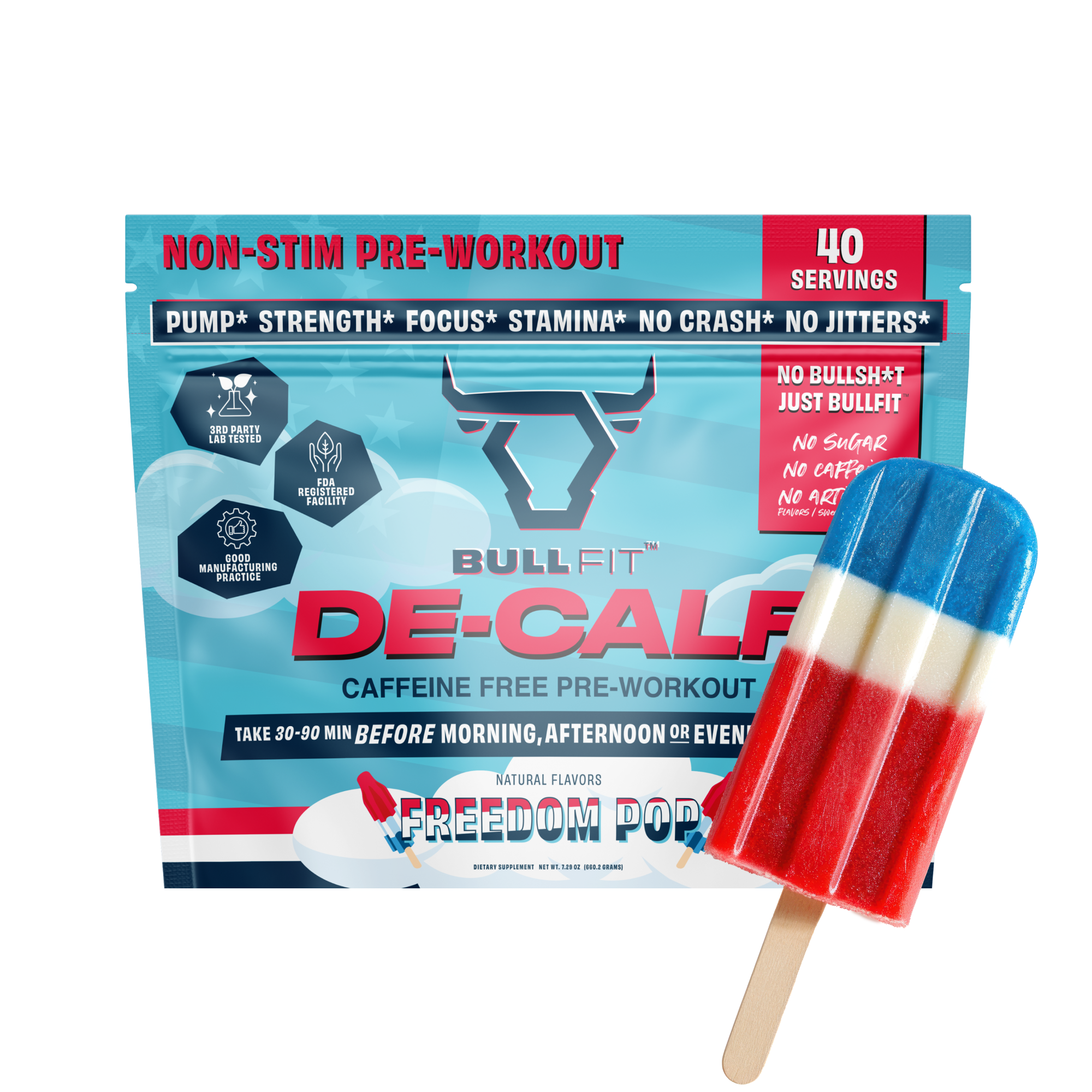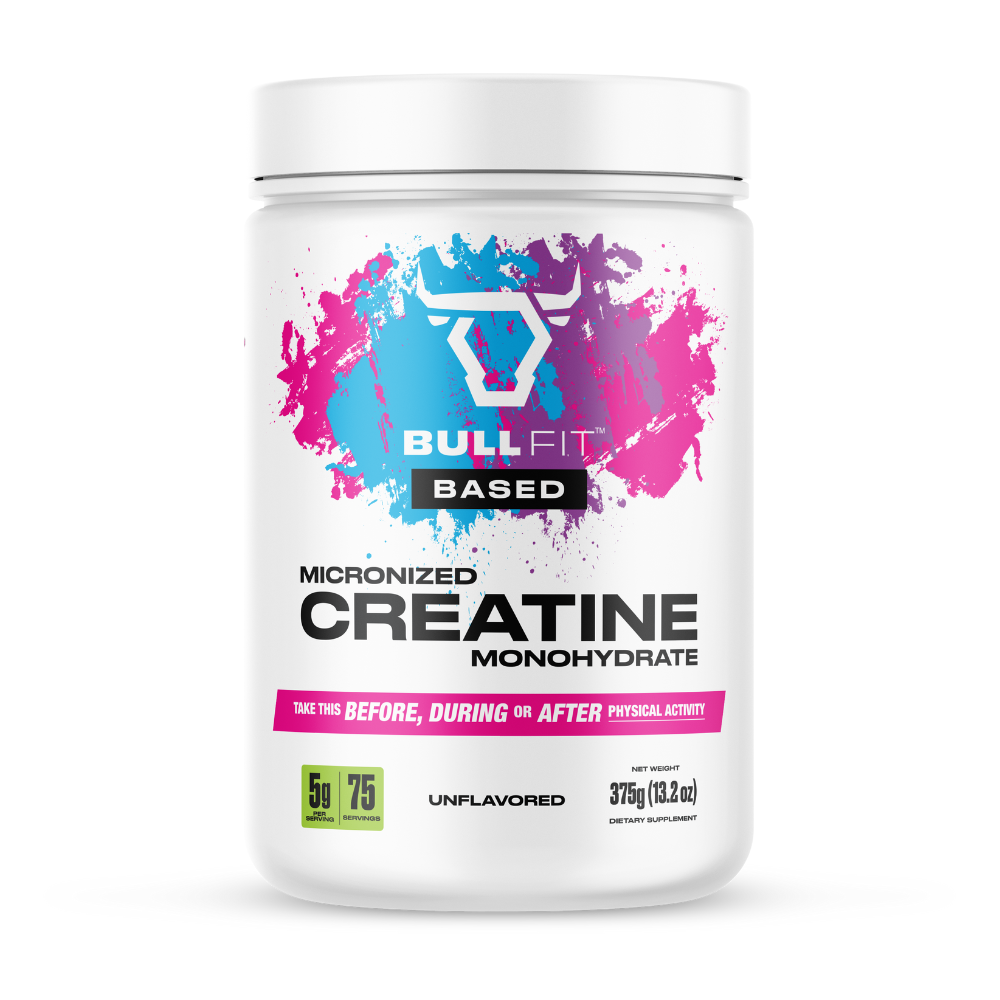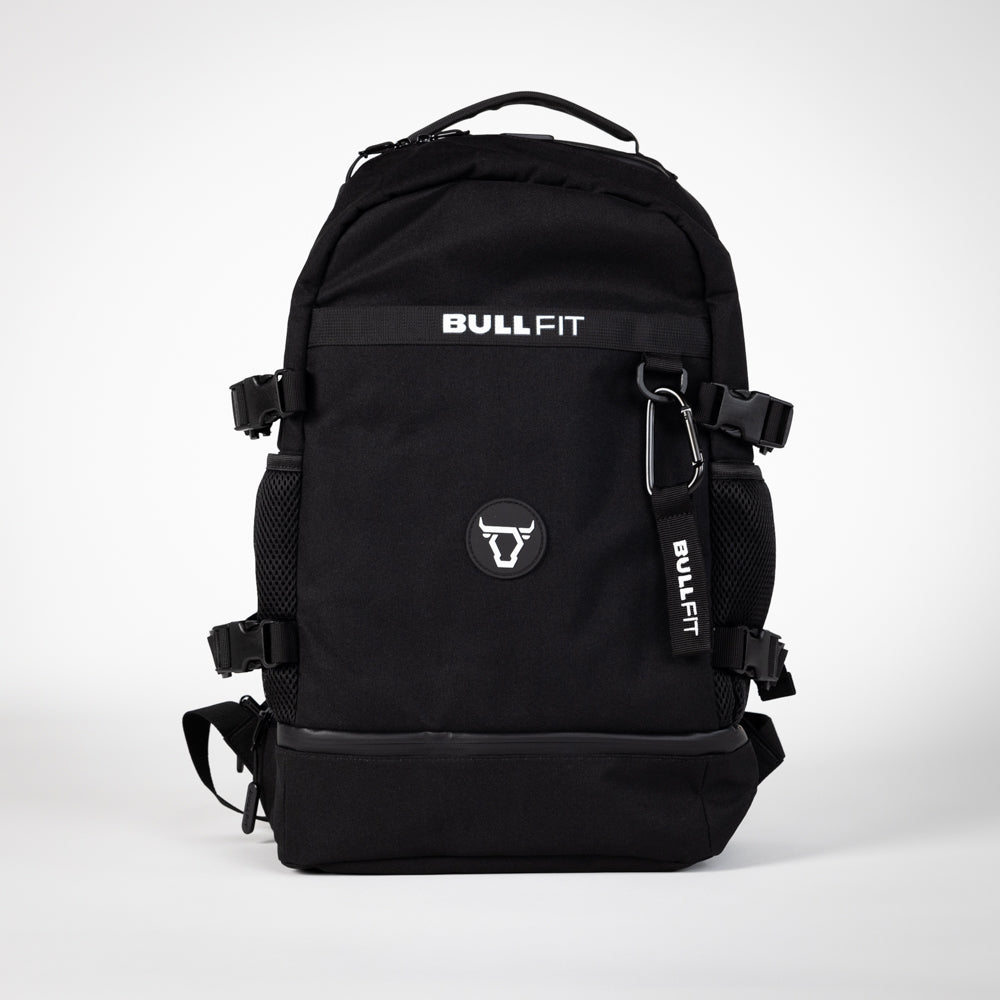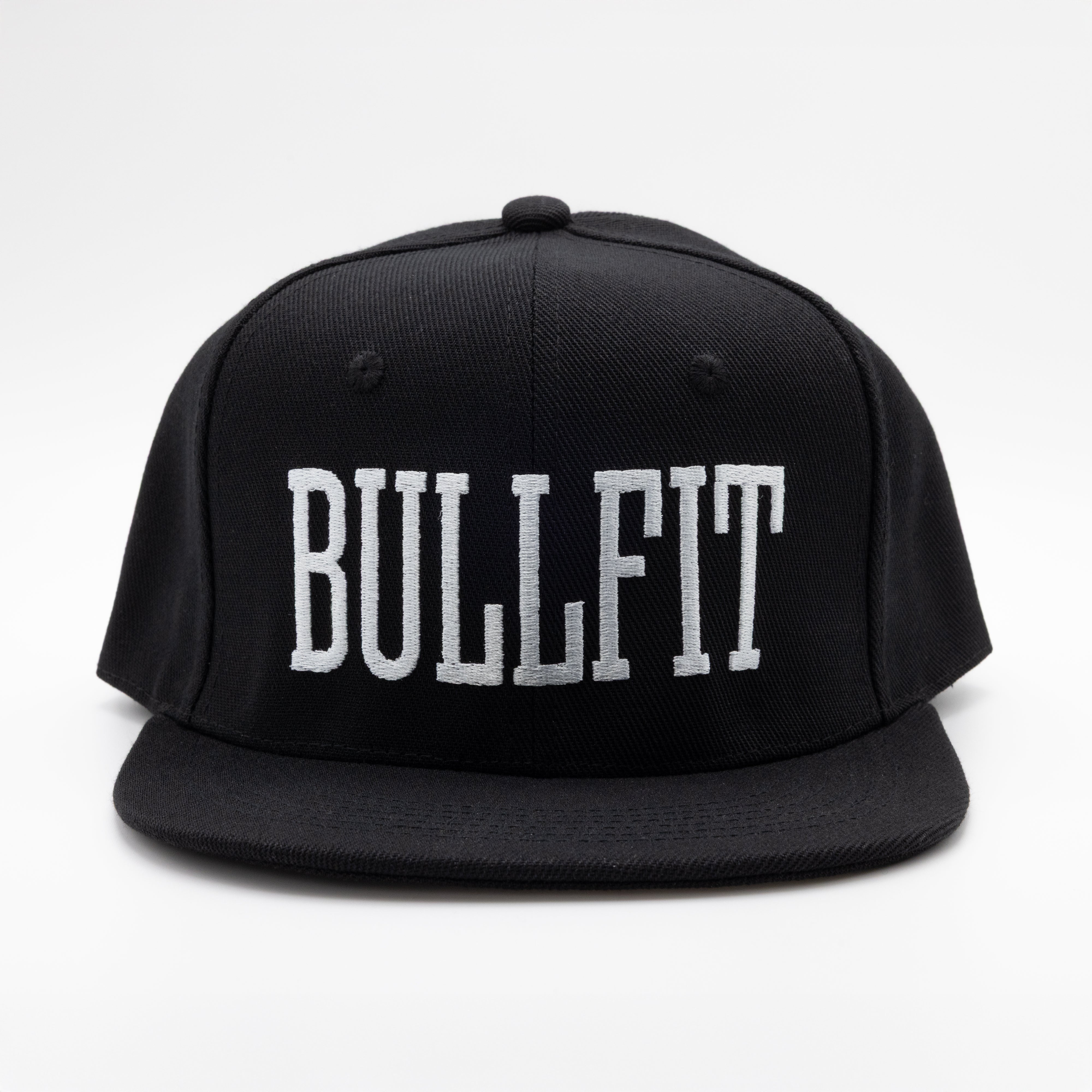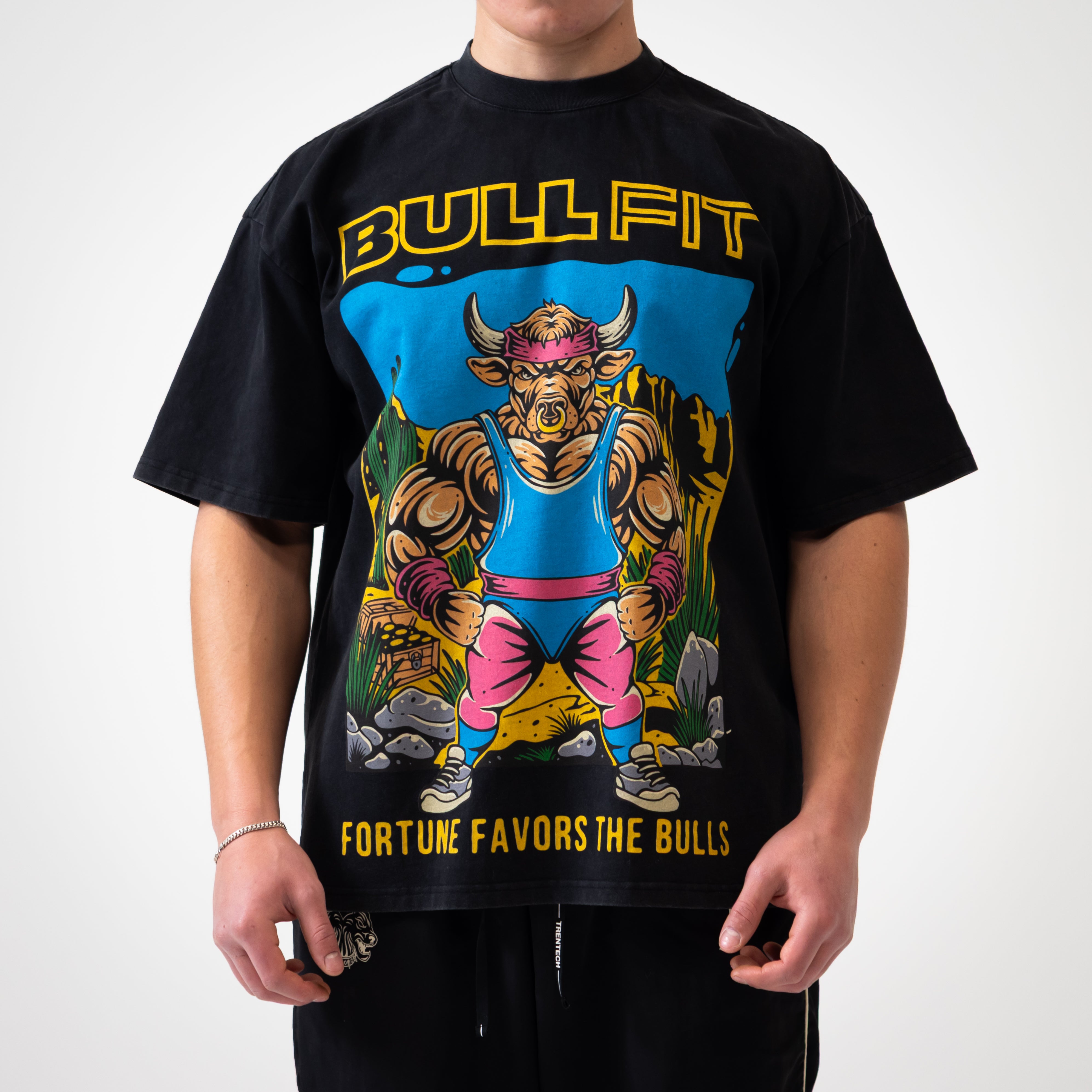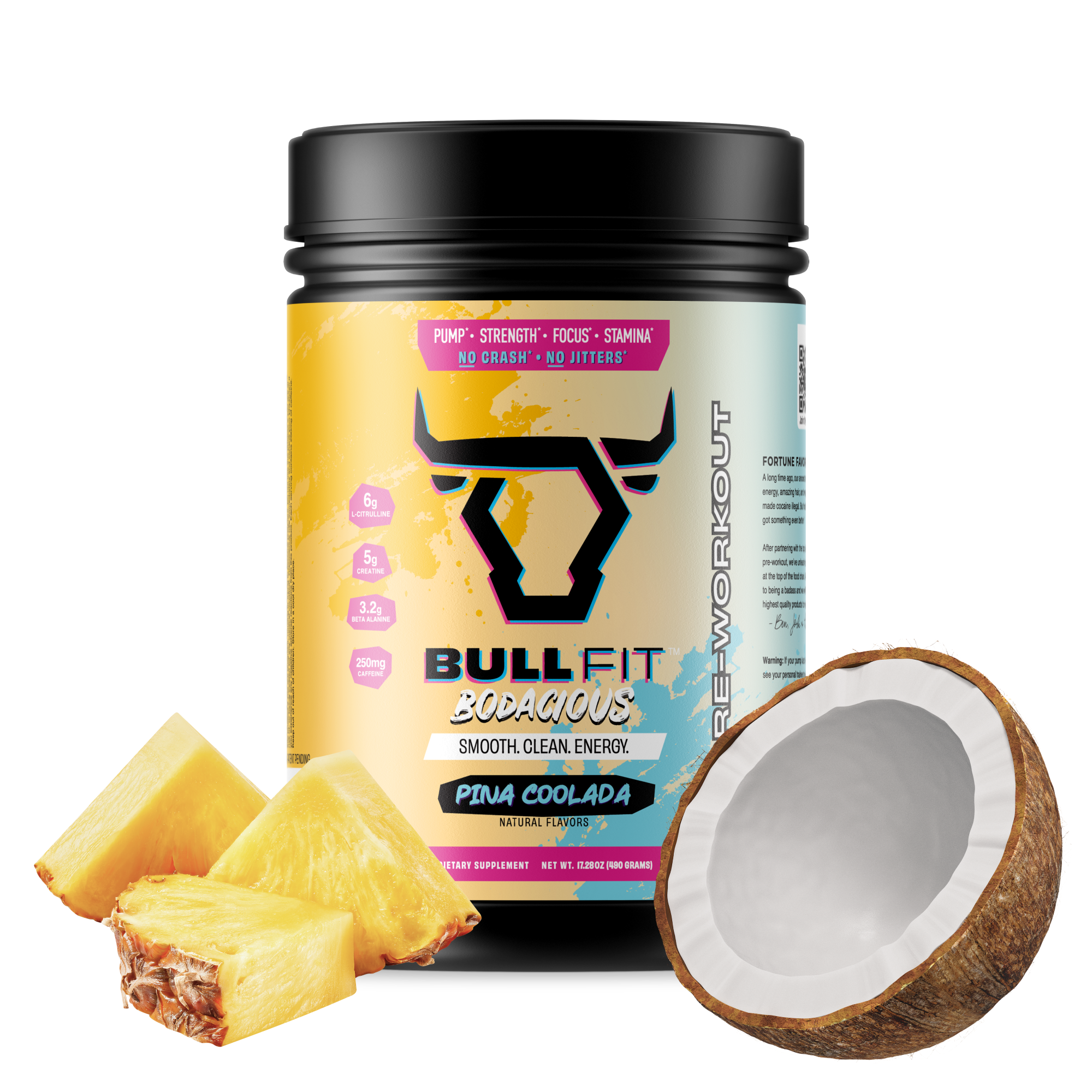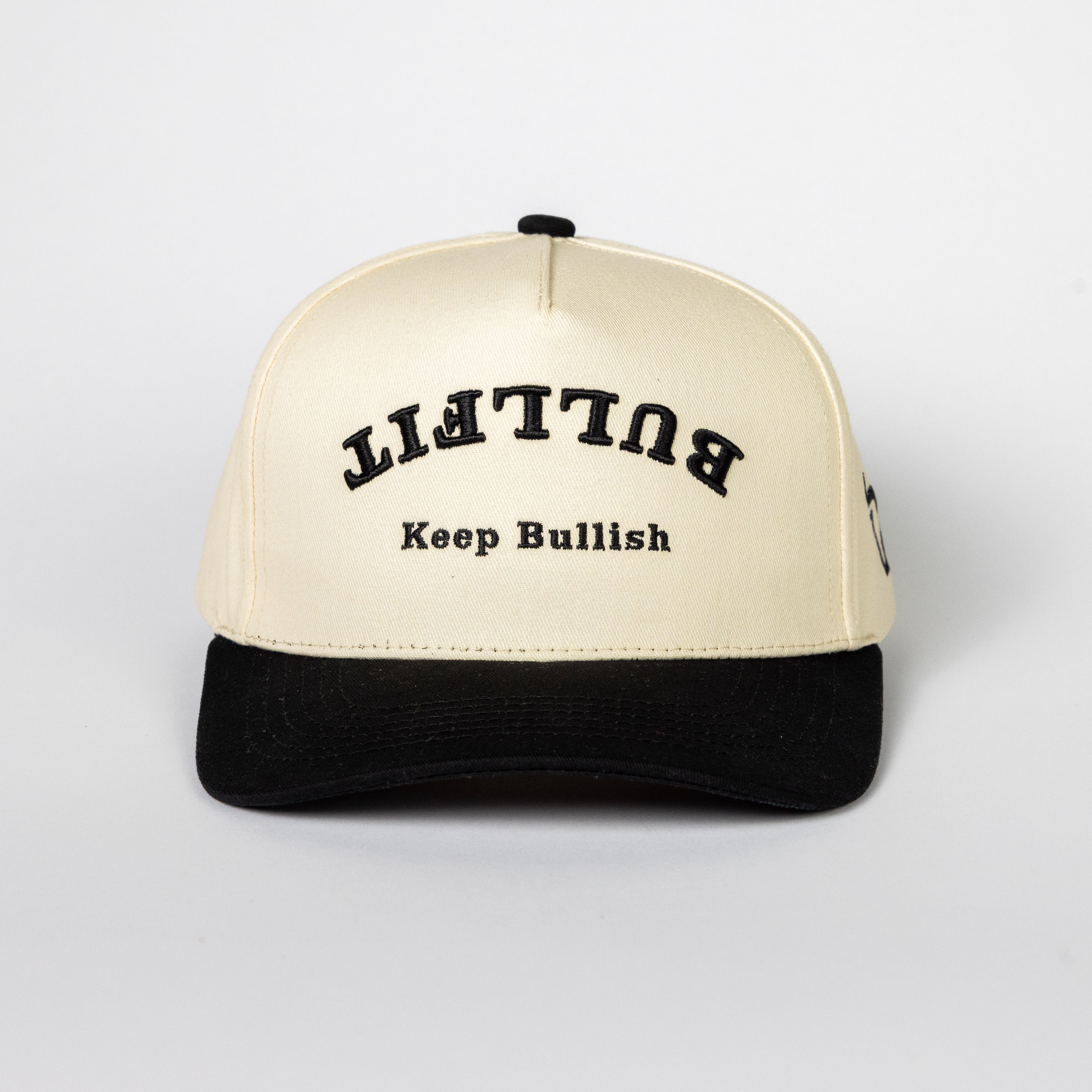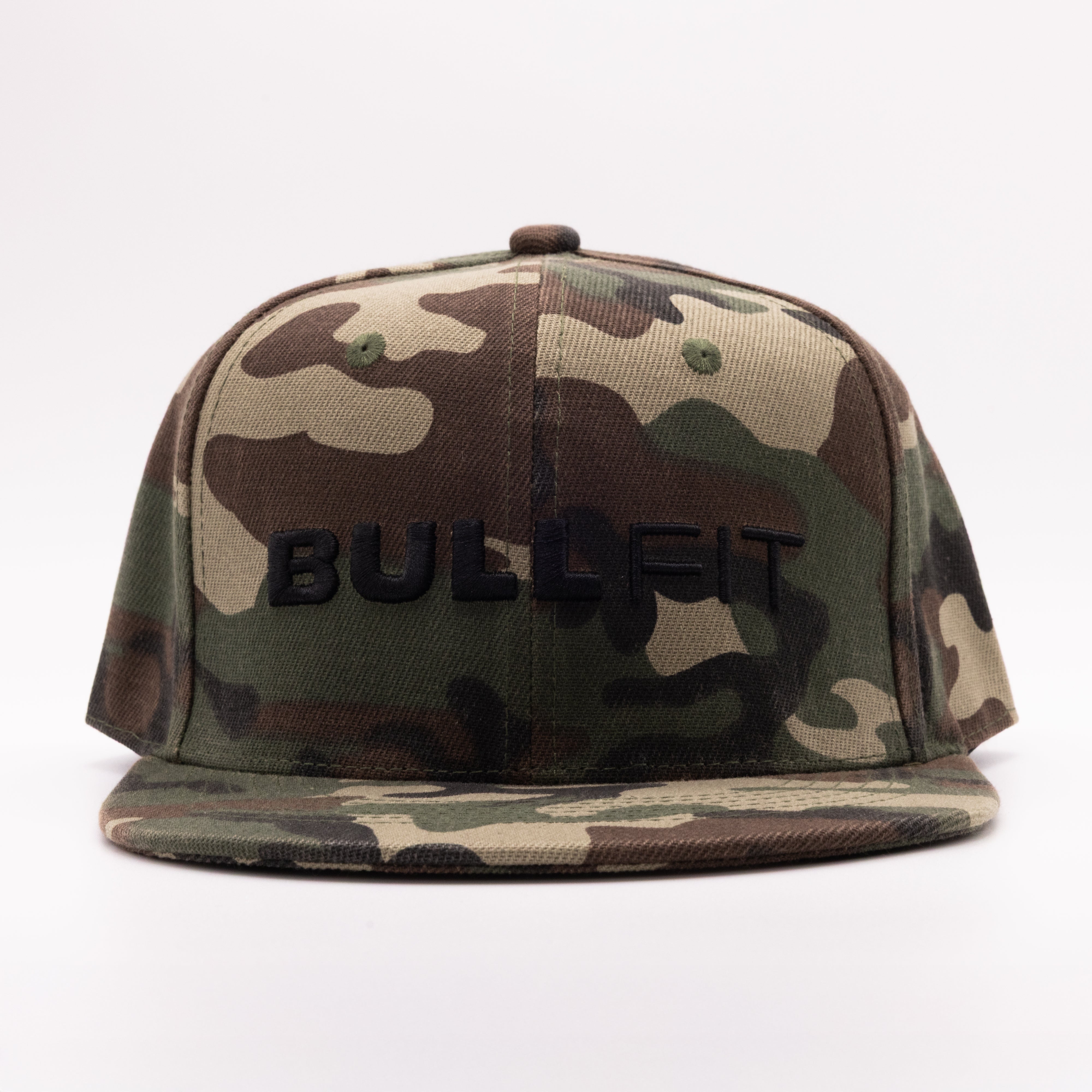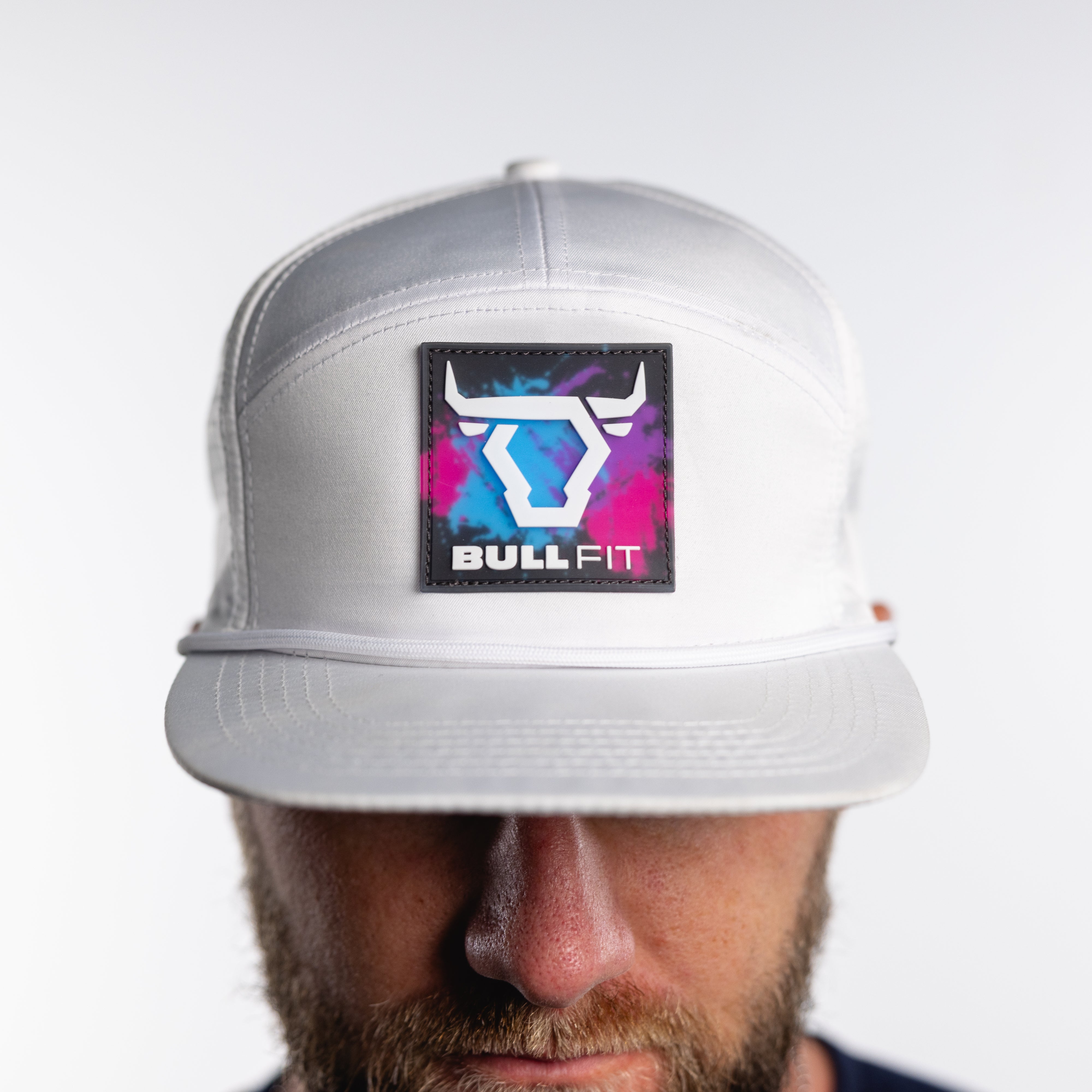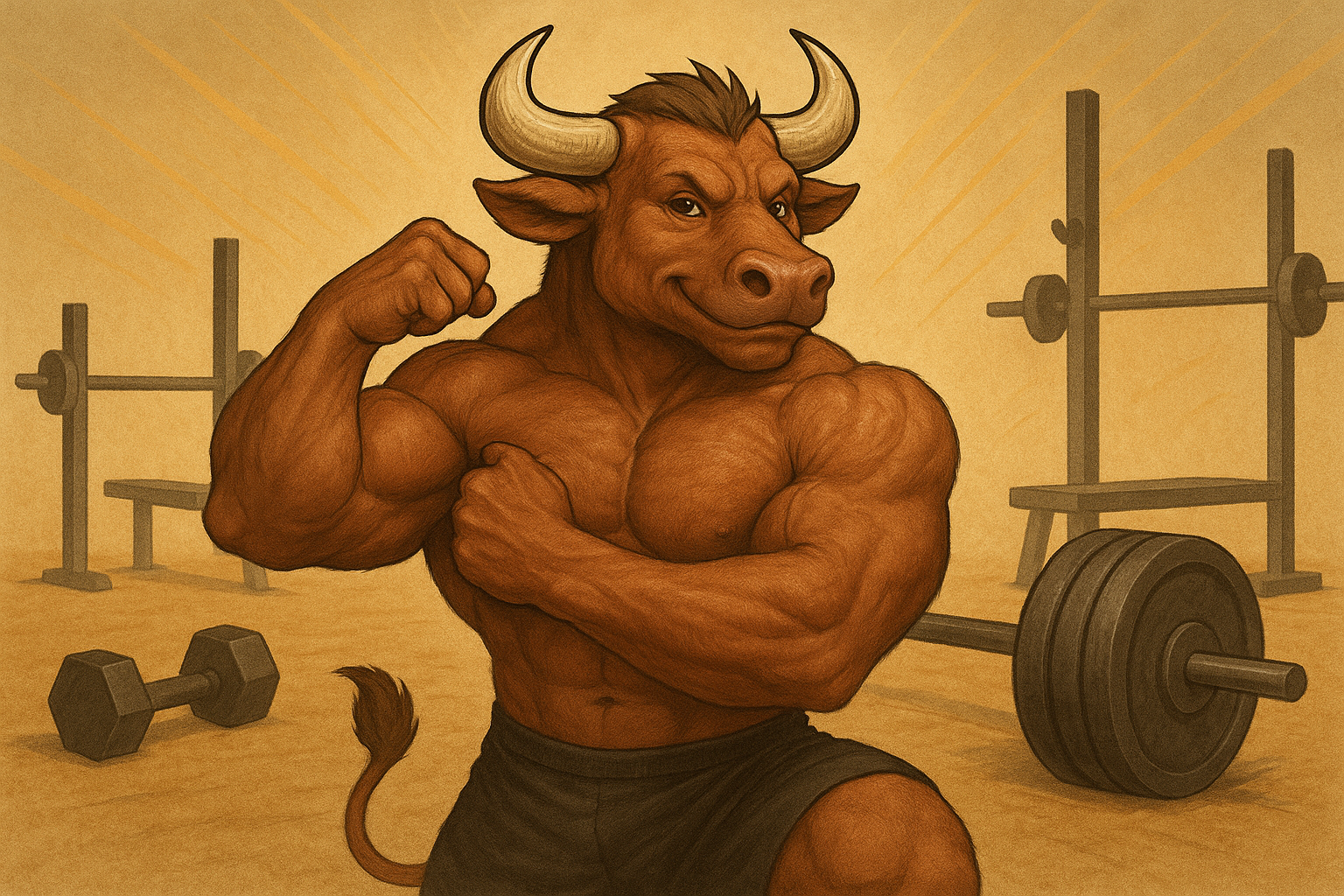When you hit the gym hard, waking up sore the next day can feel both satisfying and frustrating. That post-workout soreness isn’t just normal—it’s a sign your muscles are adapting, growing, and getting stronger. The key is knowing the science behind soreness, how to recover properly, and when to push through versus when to pull back.
The Science Behind Muscle Soreness
That achy, tight feeling you get after a heavy lifting day is known as Delayed Onset Muscle Soreness (DOMS). DOMS typically peaks 24–72 hours after training and is caused by microscopic tears in your muscle fibers.
When you lift weights—especially with time under tension (slowing down reps, controlling the negative, and keeping muscles engaged longer)—you create more mechanical stress. This stress triggers repair and adaptation, which leads to muscle growth and improved strength.
In short: soreness = progress. Your body is literally rebuilding itself to be stronger than before.
Why You Shouldn’t Push Too Hard
While some soreness is good, chasing extreme soreness every session can backfire. Training too hard without proper recovery can lead to:
-
Overtraining → fatigue, stalled progress, and even injury
-
CNS (central nervous system) burnout → decreased strength output
-
Longer recovery times → limiting how often you can train effectively
Think of soreness as feedback—not the goal. A solid workout should challenge you, but if you can’t move properly for days afterward, you’re slowing your overall progress.
Recovery Tips and Tricks
Recovery is where the real growth happens. Here are proven strategies to ease soreness and bounce back faster:
1. Prioritize Protein & Nutrition
Fuel muscle repair with enough protein (0.7–1g per pound of body weight daily) and balanced carbs/fats. Hydration is equally important to flush toxins and aid recovery.
2. Active Recovery
Light movement like walking, cycling, yoga, or bodyweight mobility work boosts blood flow and speeds healing.
3. Sleep & Rest
Aim for 7–9 hours of quality sleep to optimize recovery hormones like growth hormone and testosterone.
4. Massage & Foam Rolling
Self-myofascial release improves circulation and reduces tightness. A few minutes post-workout or before bed can work wonders.
5. Hot/Cold Therapy
Contrast showers, hot tubs, or ice baths can help reduce inflammation and muscle stiffness.
Training While Sore: Push or Rest?
Here’s the balance:
-
Mild soreness? You can (and should) train. Focus on different muscle groups or lighter movements for the sore area.
-
Severe soreness? Take an active recovery day. Training on extremely fatigued muscles increases risk of poor form and injury.
Remember, consistency beats going “all out” every once in a while. Training smart means progressively overloading muscles while giving them enough time to rebuild.
Final Takeaway
Being sore after weightlifting isn’t something to fear—it’s proof your body is adapting. By training with controlled time under tension, managing intensity, and prioritizing recovery, you’ll maximize results without burning out.
So embrace the soreness, but train smart. Your future stronger self will thank you.
Read more
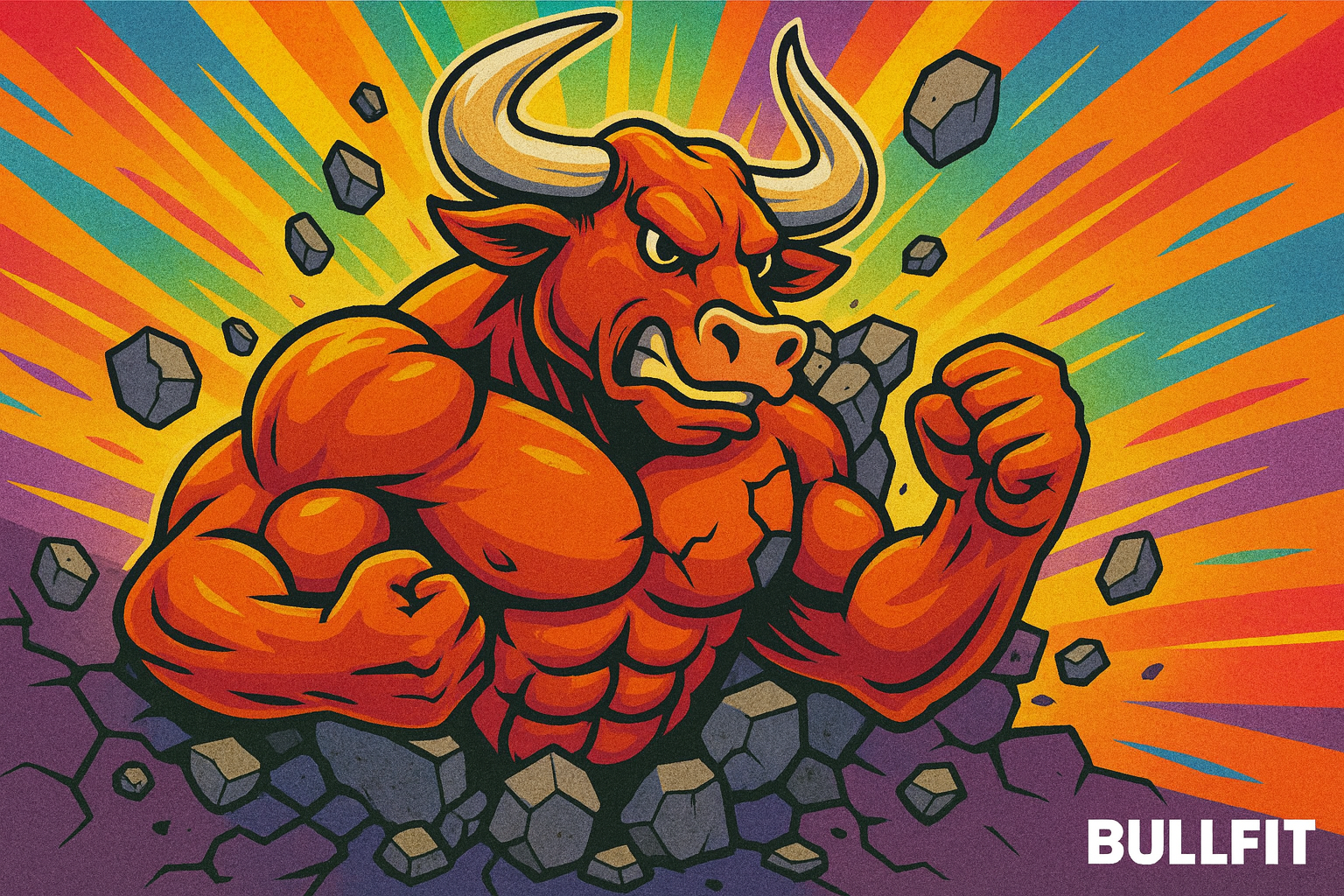
Feeling stuck in your fitness journey is normal, but it doesn’t have to last. By realigning your goals, easing back in to avoid burnout, and embracing post-workout soreness as a sign of progress, y...
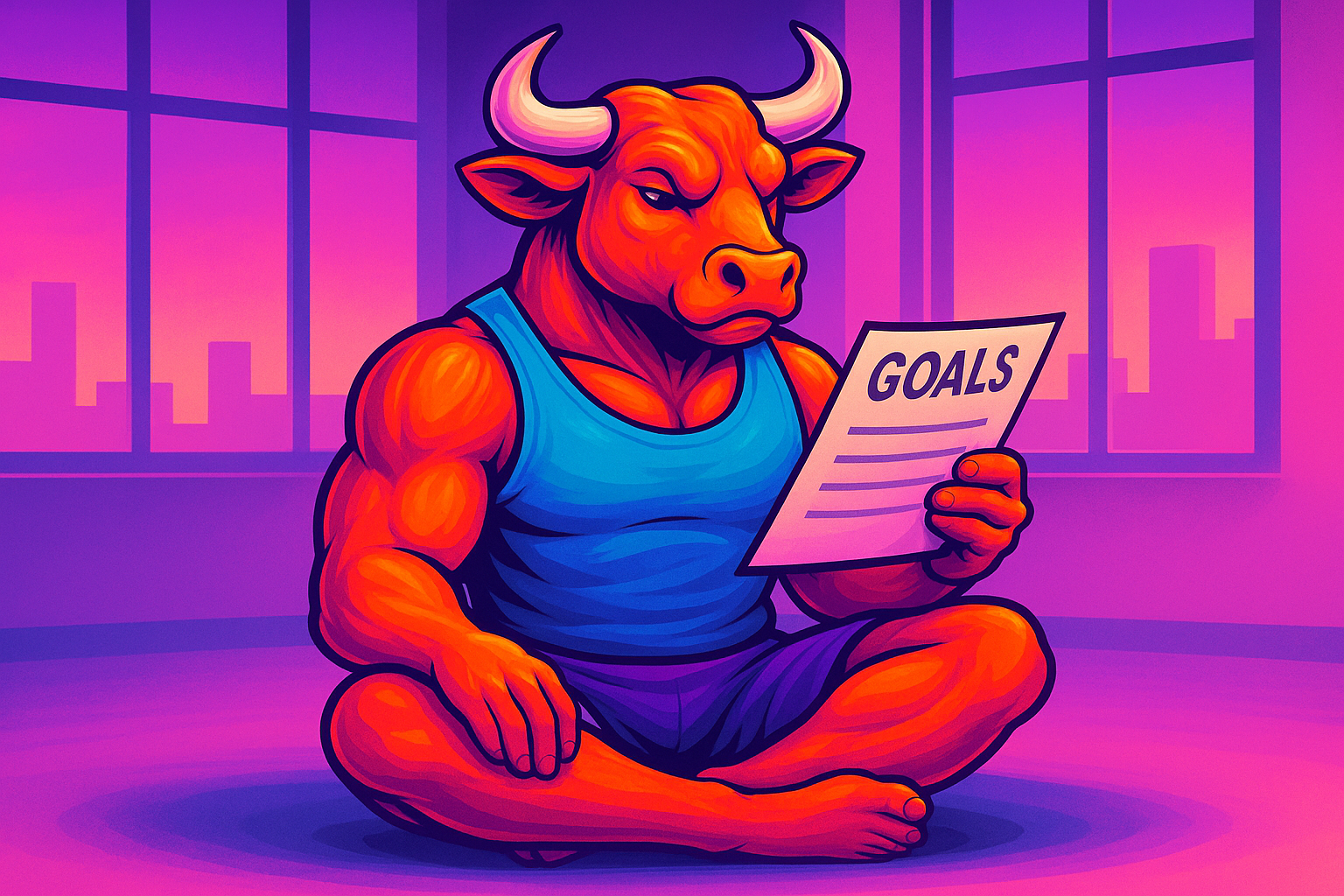
Sunday night is the perfect opportunity to reset your mindset and set yourself up for a successful week. By planning workouts, prepping meals, and setting small, achievable goals, you’ll reduce str...
